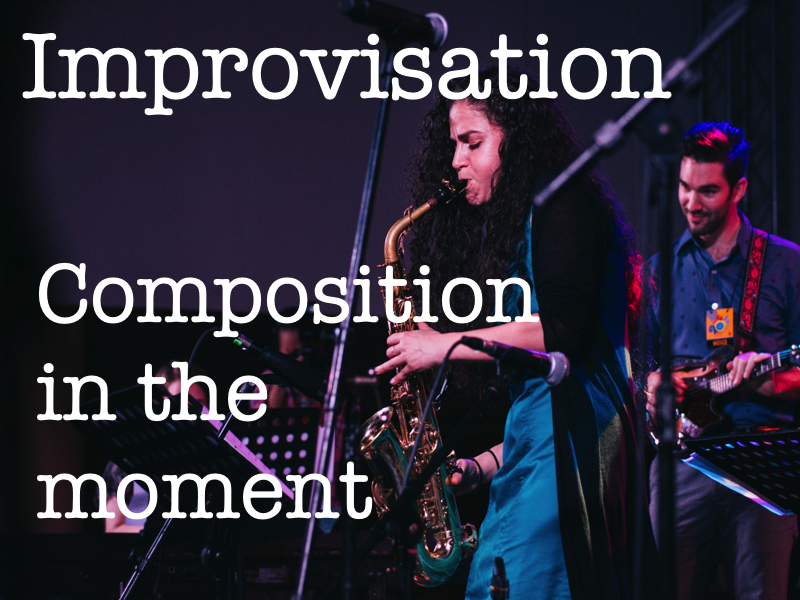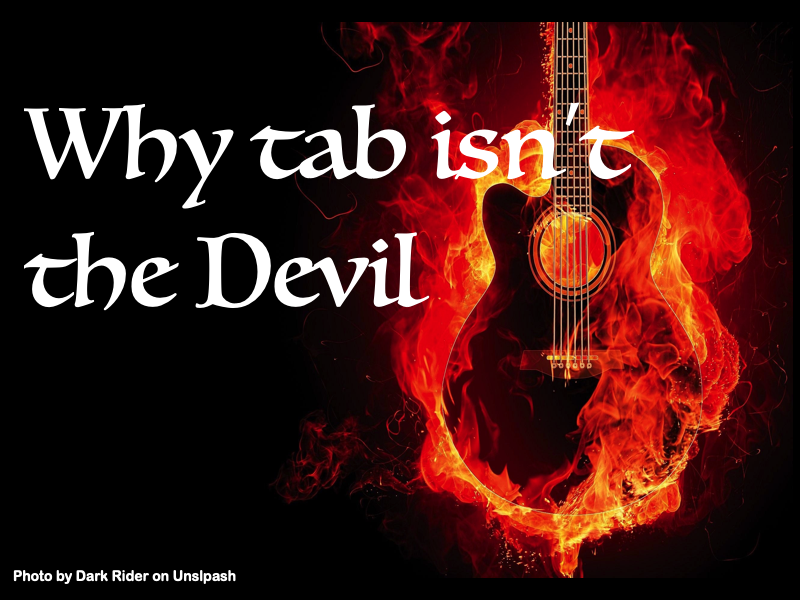Trouble at Siege
The Ukulele School Menu Main Menu Account Profile Logout Lessons Unit 1 Lesson 1 Lesson 2 Lesson 3 Lesson 4 Lesson 5 Lesson 6 Unit 2 Lesson 7 Lesson 8 Lesson 9 Lesson 10 Lesson 11 Lesson 12 Unit 3 Lesson 13 Lesson 14 Lesson 15 Lesson 16 Lesson 17 Lesson 18 Unit 4 Lesson […]
E7#, what now !?!

The Ukulele School The Ukulele School Join Us Free Sample Lessons 5 Things to Consider When Buying a Class Set of Ukuleles. We have all been there, we’re playing a new song and suddenly there is a chord which looks more like a set of coordinates on a map. The E7#9 chord is an extreme […]
Improvisation – Composition in the moment.

The Ukulele School Join Us Free Sample Lessons The Ukulele School The Ukulele School Join Us Free Sample Lessons Improviation – Composition in the moment Improvisation is the art of playing music without it having been written down or memorised. In many ways, it is one of the most creative aspects of music as it […]
Why Tab isn’t the Devil!!!

The Ukulele School Join Us Free Sample Lessons The Ukulele School The Ukulele School Join Us Free Sample Lessons It’s not as good as standard notation You’re right, Tab is just not as good as standard notation. Tab doesn’t easily convey pitch, unlike the standard stave. Rhythm in Tab is often not there either, especially […]